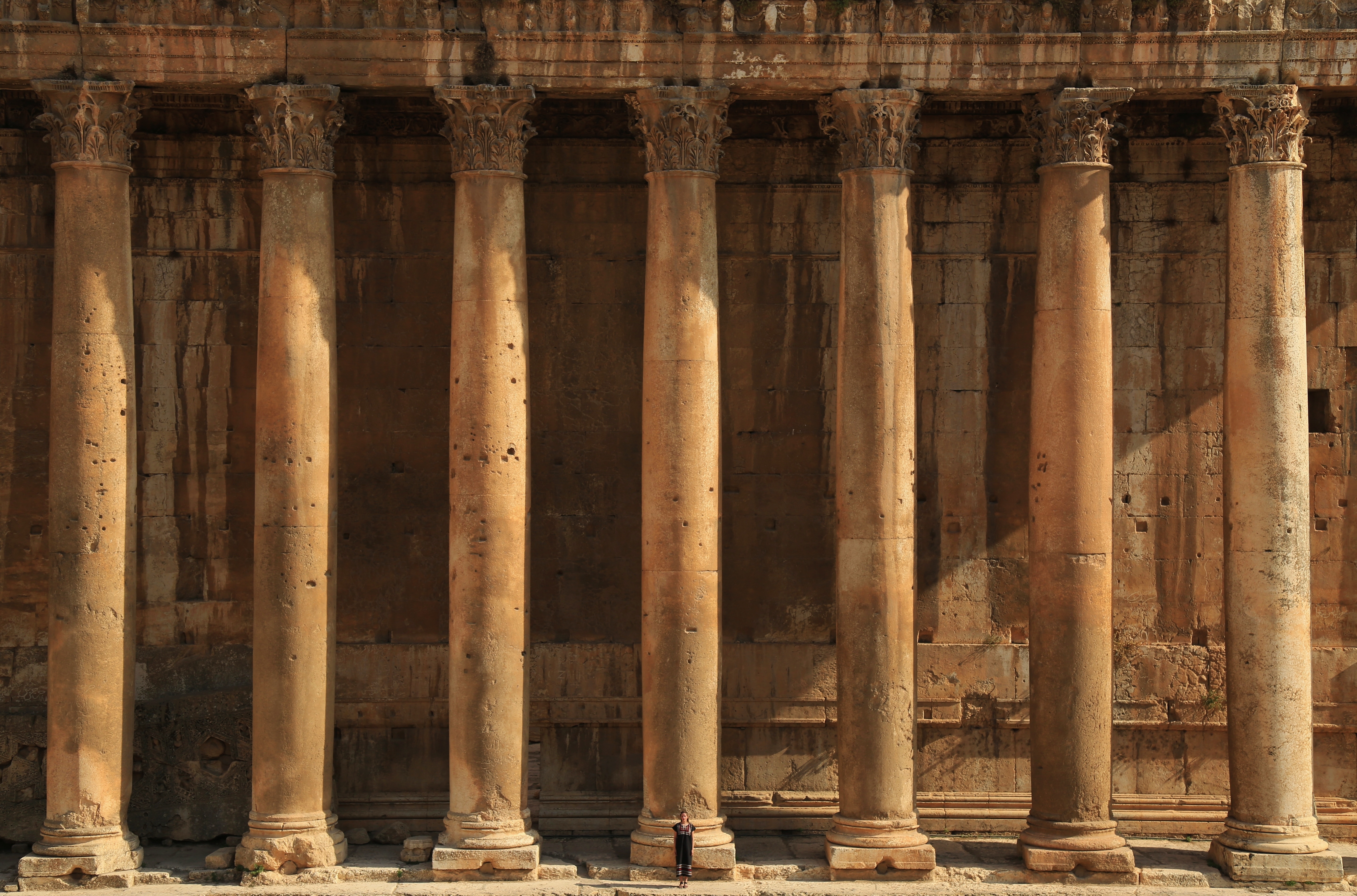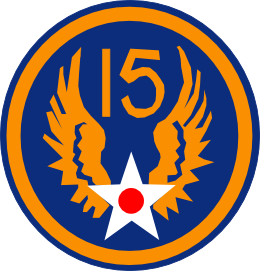|
Colțea Church
The Colțea Church () is a Romanian Orthodox church located at 1 I. C. Brătianu Boulevard, just off University Square, Bucharest, University Square in Bucharest, Romania. It is dedicated to the Three Holy Hierarchs. History The church was once at the center of the Colțea Monastery, also called ''Trisfetitele'', a folk name for its patron saints. The complex also included the Colțea Hospital, three chapels, other annexes and, at the entrance, Turnul Colței. A statue of the ''ktetor'', ''Spătar'' Mihai Cantacuzino, stands in front of the church and hospital. To the south of the current church, a wooden church and several cells were built by the ''Sluger'' Udrea around 1641-1642, and dedicated to Paraskeva of the Balkans. Mentioned in a 1658 document, it was willed to his brother, the High ''Clucer'' Colțea Doicescu, who placed it under the authority of the Metropolis of Ungro-Wallachia. By 1669, the church had given its name to the surrounding district. With the approval of Col ... [...More Info...] [...Related Items...] OR: [Wikipedia] [Google] [Baidu] |
Vornic
Vornic was a historical rank for an official in charge of justice and internal affairs. He was overseeing the Royal Court. It originated in the Slovak '' nádvorník''. In the 16th century in Moldavia Moldavia (, or ; in Romanian Cyrillic alphabet, Romanian Cyrillic: or ) is a historical region and former principality in Eastern Europe, corresponding to the territory between the Eastern Carpathians and the Dniester River. An initially in ... were two high vornics: one for "Ţara de Sus" (the "Upper Land"), and other for "Ţara de Jos" (the "Lower Land"). {{Romania-stub Romanian noble titles Romanian words and phrases ... [...More Info...] [...Related Items...] OR: [Wikipedia] [Google] [Baidu] |
Iconostasis
In Eastern Christianity, an iconostasis () is a wall of icons and religious paintings, separating the nave from the sanctuary in a Church (building), church. ''Iconostasis'' also refers to a portable icon stand that can be placed anywhere within a church. The iconostasis evolved from the Byzantine architecture, Byzantine templon, a process complete by the 15th century. A direct comparison for the function of the main iconostasis can be made to the layout of the great Temple in Jerusalem. That Temple was designed with three parts. The holiest and inner-most portion was that where the Ark of the Covenant was kept. This portion, the Holy of Holies, was separated from the second larger part of the building's interior by a curtain, the parochet , "veil of the temple". Only the High Priest (Judaism), High Priest was allowed to enter the Holy of Holies. The third part was the entrance court. This architectural tradition for the two main parts can be seen carried forward in Christian ... [...More Info...] [...Related Items...] OR: [Wikipedia] [Google] [Baidu] |
Corinthian Order
The Corinthian order (, ''Korinthiakós rythmós''; ) is the last developed and most ornate of the three principal classical orders of Ancient Greek architecture and Ancient Roman architecture, Roman architecture. The other two are the Doric order, which was the earliest, followed by the Ionic order. In Ancient Greek architecture, the Corinthian order follows the Ionic in almost all respects, other than the capitals of the columns, though this changed in Roman architecture. A Corinthian capital may be seen as an enriched development of the Ionic capital, though one may have to look closely at a Corinthian capital to see the Ionic volutes ("helices"), at the corners, perhaps reduced in size and importance, scrolling out above the two ranks of Acanthus (ornament), stylized acanthus leaves and stalks ("cauliculi" or ''caulicoles''), eight in all, and to notice that smaller volutes scroll inwards to meet each other on each side. The leaves may be quite stiff, schematic and dry, or t ... [...More Info...] [...Related Items...] OR: [Wikipedia] [Google] [Baidu] |
Bombing Of Bucharest In World War II
The Bucharest World War II bombings were primarily Allied bombings of railroad targets and those of the Oil Campaign of World War II, but included a bombing by Nazi Germany after the 1944 coup d'état. Bucharest stored and distributed much of Ploiești's refined oil products. The first operation was a sequence of 17 aerial bombardments, starting with the one of April 4, 1944. The bombings were carried out over a period of about 4 months by the United States Army Air Forces and the British Royal Air Force, with approximately 3,640 bombers of different types, accompanied by about 1,830 fighters. As collateral damage, 5,524 inhabitants were killed, 3,373 were injured, and 47,974 were left homeless. The second operation was executed by the German Luftwaffe in retaliation for Romania having changed sides (immediately after the fall of the fascist regime headed by Ion Antonescu), and took place on August 23–26, 1944. __TOC__ Raids Gallery See also *Western Allied campai ... [...More Info...] [...Related Items...] OR: [Wikipedia] [Google] [Baidu] |
Pârvu Mutu
Pârvu Mutu (''Pârvu the Mute'', nickname of ''Pârvu Pârvescu''; 1657–1735) was a Wallachian Romanians, Romanian muralist and church painter. He was born in the town of Câmpulung as the sixth son of the Romanian Orthodox Church, Orthodox priest Ioan Pârvescu, and began his career as a church painter at the age of 12. He lived some 40 years in Moldavia, returning to Wallachia in 1702. In 1718 he retired to the , the place where he died. Pârvu Mutu painted in fresco style the interiors of churches in I. L. Caragiale, Dâmbovița, Mărgineni, Măgureni Monastery, Măgureni, Cotroceni Monastery, Cotroceni, Călinești Monastery, Călinești, , Fiindenii Doamnei, Colțea Church, Colțea, Bordești, Filipeștii de Pădure, and the New St. George Church in Bucharest. Many of his works were commissioned by the Cantacuzino family. He is mostly remembered for his portraits and his frescoes of church founders. References * 1657 births 1735 deaths People from Câmpulun ... [...More Info...] [...Related Items...] OR: [Wikipedia] [Google] [Baidu] |
Narthex
The narthex is an architectural element typical of Early Christian art and architecture, early Christian and Byzantine architecture, Byzantine basilicas and Church architecture, churches consisting of the entrance or Vestibule (architecture), vestibule, located at the west end of the nave, opposite the church's main altar. Traditionally the narthex was a part of the church building, but was not considered part of the church proper. In early Christian churches the narthex was often divided into two distinct parts: an esonarthex (inner narthex) between the west wall and the body of the church proper, separated from the nave and aisles by a wall, arcade (architecture), arcade, colonnade, screen, or rail, and an external closed space, the exonarthex (outer narthex), a court in front of the church façade delimited on all sides by a colonnade as in the first Old St. Peter's Basilica, St. Peter's Basilica in Rome or in the Basilica of Sant'Ambrogio in Milan. The exonarthex may have bee ... [...More Info...] [...Related Items...] OR: [Wikipedia] [Google] [Baidu] |
Donor Portrait
A donor portrait or votive portrait is a portrait in a larger painting or other work showing the person who commissioned and paid for the image, or a member of his, or (much more rarely) her, family. ''Donor portrait'' usually refers to the portrait or portraits of donors alone, as a section of a larger work, whereas ''votive portrait'' may often refer to a whole work of art intended as an ex-voto, including for example a Madonna, especially if the donor is very prominent. The terms are not used very consistently by art historians, as Angela Marisol Roberts points out, and may also be used for smaller religious subjects that were probably made to be retained by the commissioner rather than donated to a church. Donor portraits are very common in religious works of art, especially paintings, of the Middle Ages and Renaissance, the donor usually shown kneeling to one side, in the foreground of the image. Often, even late into the Renaissance, the donor portraits, especially when of ... [...More Info...] [...Related Items...] OR: [Wikipedia] [Google] [Baidu] |
Gheorghe Tattarescu
Gheorghe Tattarescu (; October 1818 – October 24, 1894) was a Moldavian, later Romanian painter and a pioneer of neoclassicism in his country's modern painting. Biography Early life and studies Tattarescu was born in Focşani in 1818. He began as an apprentice to his uncle Nicolae Teodorescu, a church painter. He studied at the Painting School from Buzău, when Teodorescu moved there. The Orthodox Bishop of Buzău, Chesarie Căpățână, helped him obtain a scholarship in Rome, where he was taught by professors from the Accademia di San Luca. While there, Tattarescu made copies of paintings by Raphael, Bartolomé Estéban Murillo, Salvatore Rosa, and Guido Reni. Political activities Tattarescu was a participant in the 1848 Revolution in Wallachia. After the revolution, he painted portraits of Romanian revolutionaries in exile such as Gheorghe Magheru, Ştefan Golescu, and, in 1851, that of Nicolae Bălcescu (in three almost identical versions). Romantic nat ... [...More Info...] [...Related Items...] OR: [Wikipedia] [Google] [Baidu] |
1838 Vrancea Earthquake
The 1838 Vrancea earthquake struck the western part of Vrancea County on 23 January (O.S. 11 January) with a magnitude of 7.5. The seism caused extensive damage in Moldavia and Wallachia, and killed dozens of people. The earthquake occurred just 36 years after another earthquake of magnitude over 7 on Richter scale devastated the southern part of Wallachia. The earthquake occurred at 20:45, being felt strongly in Bucharest and also all over the country up to Lviv, Sevastopol, Constantinople (Istanbul), Odessa, etc. A detailed report on the phenomenon was promptly done by Güstav Schuller, mining geologist in the service of the Duke of Saxony. He said the quake had a foreshock followed by three strong shocks. During this earthquake, in some areas, especially the epicentral zone, mainly in Vrancea, Buzău, Brăila and Dâmbovița counties appeared large ground cracks and liquefaction phenomena. Damage The earthquake was felt on very large areas, affecting inclusive the cities o ... [...More Info...] [...Related Items...] OR: [Wikipedia] [Google] [Baidu] |
Pisanie
A pisanie is an architectural element, that consists of an inscription carved in stone, wood, metal, painted, etc., on the top of tombs or above the main door at the entrance in a church, in which are recorded information about the church, the donor, the founder, the builder, the data when the church was built, etc. The inscription usually includes a religious invocation, the name of the founder or founders, the date of construction, the motivation of the building, the circumstances of the time and other data. The term comes from the Church Slavonic language and many churches and monasteries have the inscription written using the Cyrillic script. Gallery File:Mănăstirea Vorona20.jpg, Stone carved pisanie of the Vorona Monastery ( Vorona, Botoșani County, Romania) File:Floresteni GJ.bislemn.pisanie iconostas.jpg, The painted pisanie of Wooden Floreșteni Church (Gorj County, Romania) File:Biserica de lemn din Bilca4.jpg, Wooden carved pisanie of the Wooden Bilca Church (Bilc ... [...More Info...] [...Related Items...] OR: [Wikipedia] [Google] [Baidu] |



